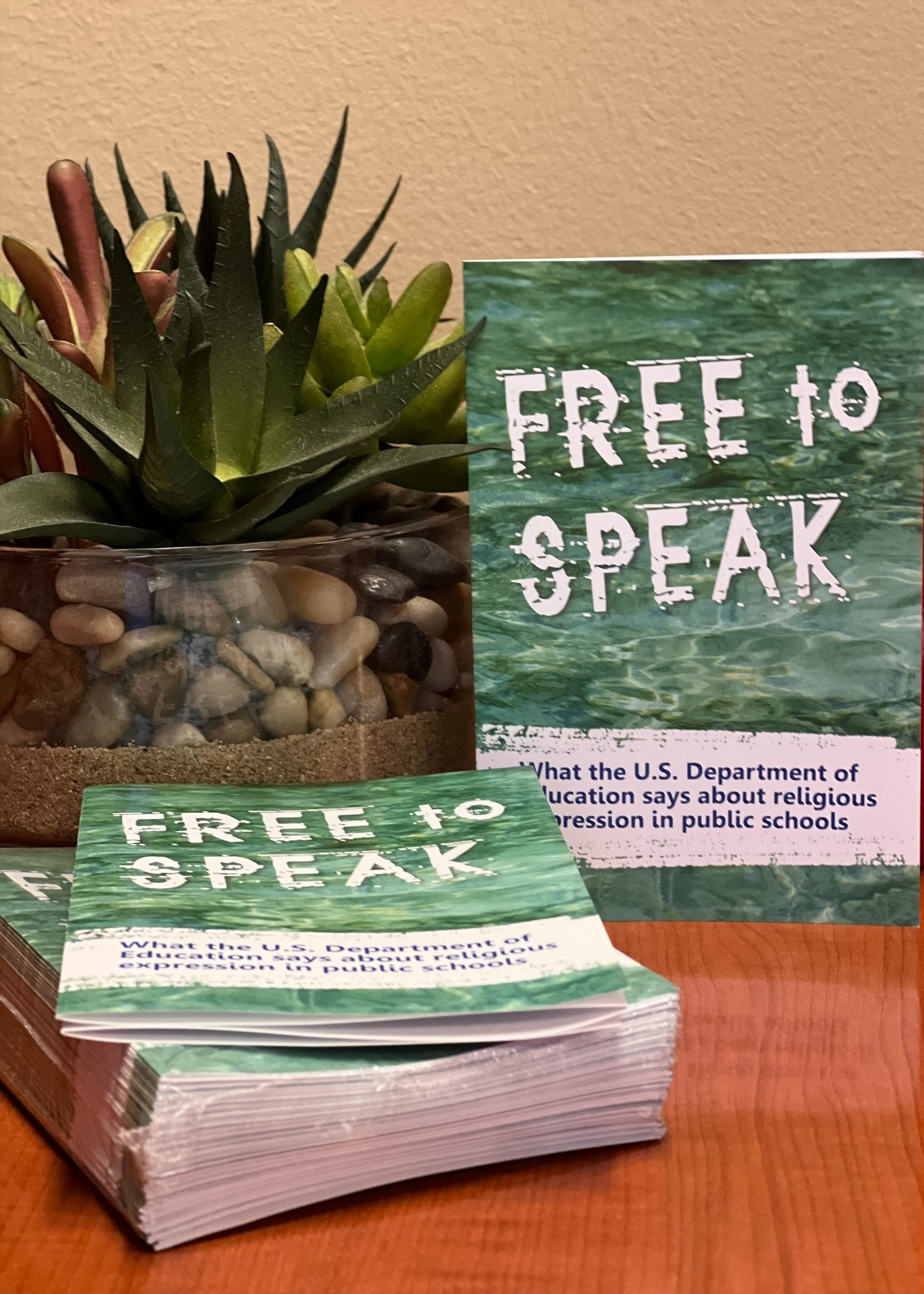You can help get the Easter story told to your child's class this year. How? By presenting the non-threatening Holiday Restoration Card from Gateways to Better Education to your child's teacher. You also may want to ask the teacher if you can share what Easter means to your family, and even read scripture.
Diane Borja, a parent, wrote: "The effectiveness of the Easter cards multiplied like bunnies!" She shared the card with her prayer group, and every mom purchased a card to give to their child's teacher.
"I bought extra cards," Diane explained, "and mailed them to teacher friends in other school districts. My friends were elated and enthusiastically shared the information with fellow teachers." "Thanks to your Easter card," Diane added, "I did a Passover/Easter presentation (complete with a homemade tomb and figures) in my son's second grade class. I had the privilege of explaining the historical meaning of the holiday in a fifth grade class as well."
The eight-page Easter card tells the humorous story of an encounter between the Easter Bunny and a teacher. The bunny explains that the true message of Easter is about new life in Jesus. The teacher raises all the objections commonly heard from public school educators, but in this story, the smart little bunny is very familiar with U.S. court cases. He helps the teacher understand that teaching about Jesus at Easter is legally permitted. The card also includes legal documentation, Constitutionally-sound lesson plan ideas, and more!
EASTER RESOURCES:
Order the EASTER CARD, Bunny goes to School, to give to your teacher.
Download our Easter Lesson Plan for Public Schools by CLICKING HERE.
Similar in appearance to a middle school textbook, it adapts Luke 22-24 into a textbook-style lesson with pictures, vocabulary, culture facts, and discussion questions.
We would love to hear how you helped restore Easter in your school. Tell us your story here.












